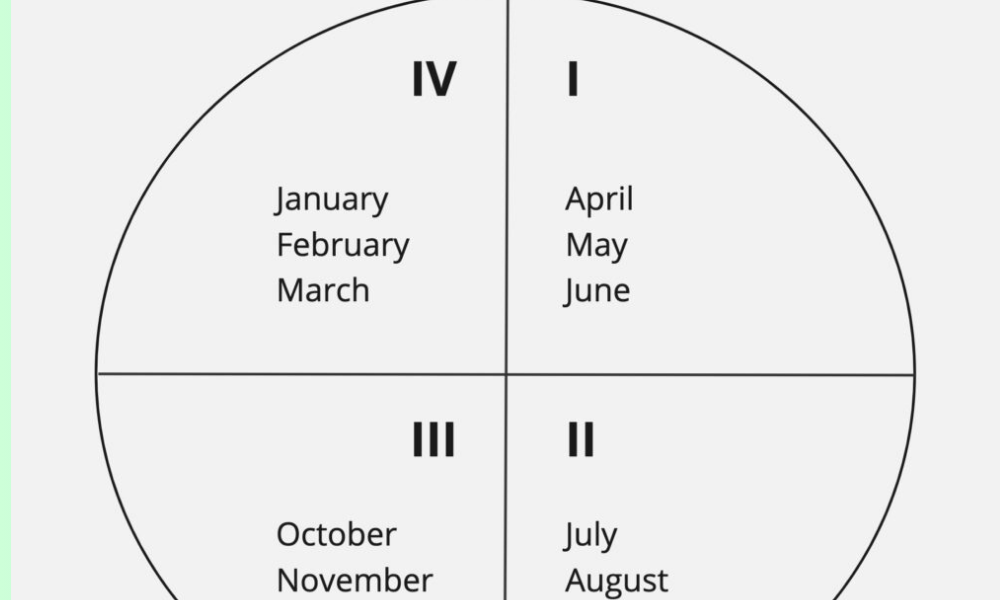In the fiscal year 2023-24, there was a significant increase in tax revenue, particularly from direct taxes. Tax compliance also improved, and stricter measures were taken against tax evasion. The total tax receipts of the Central government slightly exceeded the revised estimate of Rs 34.37 trillion for the year. This information was shared by an official source, who preferred to remain anonymous, as the final figures are still being calculated.

From April to February in the fiscal year 2023-24, the Central government’s gross tax revenue reached Rs 28.9 trillion, which is 84% of the revised estimate of Rs 34.4 trillion. The advance tax collection in March was strong for direct taxes, and GST receipts exceeded expectations.
FISCAL YEAR 2023-24- It’s not clear right away if the revised estimate of Rs 23.24 trillion for net tax revenues (after devolution) was achieved. However, it’s anticipated that there won’t be much difference from the target.
FISCAL YEAR 2023-24:- In the first eleven months of FY24, the Centre saw a tax buoyancy of 1.5, much higher than the 0.9 recorded in FY23. It appears that the full year’s tax buoyancy projection of 1.4 will be exceeded.
Tax buoyancy is a way to measure how tax revenue changes in response to shifts in the economy and changes in tax policies. It shows the percentage increase in revenue when there’s a one percent increase in GDP growth in nominal terms.
In the fiscal year 2023-24, there was a significant increase in personal income tax (PIT) collections, mainly due to more people paying their taxes. Revenue secretary Sanjay Malhotra mentioned in an interview that the use of technology, simpler tax processes, and better taxpayer services contributed to this increase in compliance. From April to February in FY24, PIT collections rose by 25.8%.
FISCAL YEAR 2023-24:- In the first eleven months of FY24, corporate tax collections increased by 17.3%, surpassing the expected growth of 11.7% for the entire fiscal year. As of March 17, advance tax collections for FY24 reached Rs 9.11 trillion, marking a 22.31% increase from the previous year. Despite issuing higher refunds totaling Rs 3.36 trillion, direct tax receipts likely exceeded the expected amount. Refunds issued by March 17 in FY24 were 12.7% higher compared to the previous year.
The government took steps to reduce tax evasion and expand the tax base, leading to increased Goods and Services Tax (GST) collections. In FY24, gross GST collections amounted to Rs 20.18 trillion, marking an 11.7% increase from FY23. Monthly GST collections averaged Rs 1.68 trillion in FY24, compared to an average of Rs 1.5 trillion in FY23.
FISCAL YEAR 2023-24:- The government’s indirect tax collection for FY24 surpassed the revised estimates (RE) of Rs 14.84 trillion by a significant amount. This achievement was mainly due to record-high GST collections. Sanjay Kumar Agarwal, Chairman of the Central Board of Indirect Taxes and Customs, praised field officials for their efforts to increase collections in a recent letter.
FISCAL YEAR 2023-24:- Since May 2023, the Central Board of Indirect Taxes and Customs (CBIC) has been actively addressing the problem of fake registrations and issuance of fraudulent invoices in the GST system. This effort has uncovered 29,273 fake firms suspected of evading Input Tax Credit (ITC), totaling Rs 44,015 crore. As a result, the government has saved Rs 4,646 crore. The CBIC plans to expand this initiative in the coming fiscal year.
Additionally, the Centre’s revenue in FY24 received a boost from the money recovered through show cause notices issued to various sectors like online gaming, insurance, and real estate. Gunjan Prabhakaran, a partner at BDO India, explained that another factor contributing to the increase in GST collections for FY24 was the resolution of litigation-related demands. This occurred because the due dates for issuing show cause notices for FY18 and FY19 fell in FY24, prompting many taxpayers to settle their outstanding tax liabilities based on these notices.
Vivek Baj, Partner at Economic Laws Practice said that substantial collections have also been made in Union excise duties and custom duties. “This shows that the tax departments have been very vigilant in ensuring reduction in the number of tax evasion cases and in maximizing collection of taxes.” In April-December FY24, collections from Customs duty stood at Rs 1.96 trillion, accounting for 89% of the RE; and excise duty mop-up stood at Rs 2.54 trillion, which is 84% of the RE.